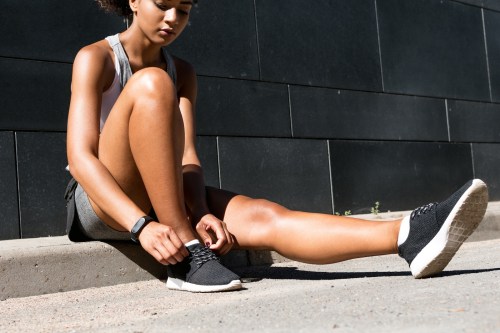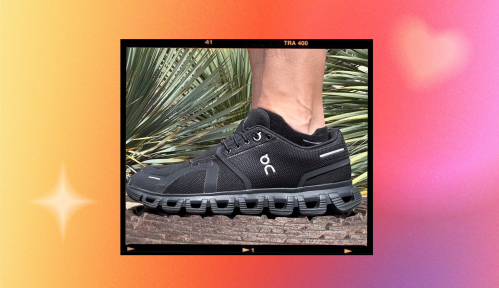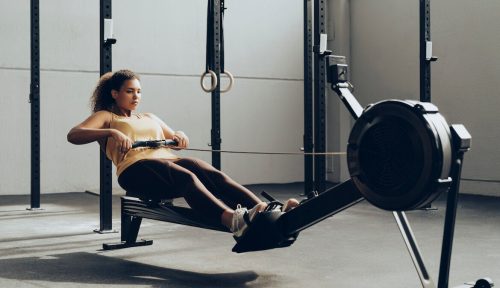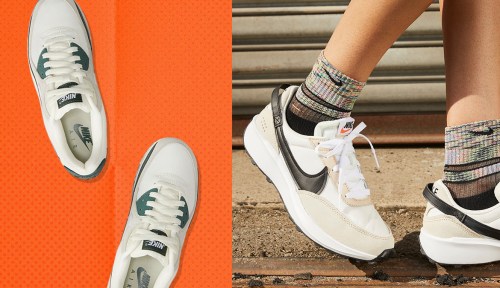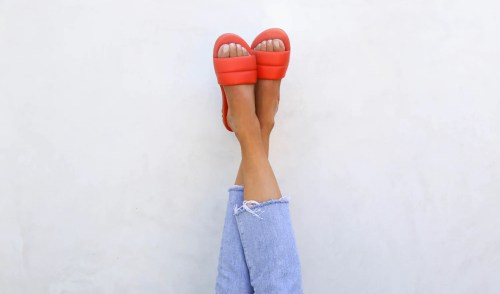When it comes to knowing when to replace your workout sneakers, they say it all comes down to either how many miles you’ve clocked in them, or how long you’ve had them for. I have a serious issue with this: I do not track how many miles I run in my shoes, nor the date that I bought them. I do enough tracking with my period, my steps, my heart rate, my sleep—the list goes on. So for the sake of having healthy, happy feet so that I can slay my workouts, I’m asking the pros for the actual, physical signs that your workout sneakers need to be replaced.
The key is to pay special attention to the support of your shoe. “It doesn’t matter if they still look new, if the support has been worn out you’re at a much higher risk of injury,” says Miguel Cunha, DPM, podiatrist and founder of Gotham Footcare. (He also points out you should replace the shoes every six months, no matter what.) Sara Naijar, footwear product line manager at Brooks Running adds that broken down cushioning is one major sign it’s new shoe time. “Broken down cushioning isn’t always visible,” she says. “When your shoe no longer feels as comfortable as it once did—missing the soft pillow feel, or the springy bouncy feeling—it’s probably time to change your shoes.” Her pro tip? If you’re not sure, go try on a new pair. “If you have a wow moment, it’s a good indicator it’s time for a new pair,” she says.
Another indicator? Worn down treading on the bottom of the sneaker. “I pay attention to the feeling of the grip of the tread and the wear of my shoes when I’m training,” says Ashley Brasovan, professional trail athlete for Hoka One One. “When it feels like the grip or bottom of the shoe is wearing down too much, I know it’s time to switch my shoes.”
The other signs you’re due for replacement sneakers are less physical and more about what’s going on with your actual feet. “If you suffer from plantar fasciitis or foot pain following your workouts, there’s a good sign that your arch isn’t being supported appropriately,” says Dr. Cunha. Your toenails can tell ya, too. “If you have frequent ingrown toenails, bunions, or neuromas can be caused if you don’t have a wide enough forefront.” Naijar adds that aches and pains are telltale signs it’s time for a replacement pair, so notice when your dogs are howling post-workout. Shoe shopping, anyone?
Oh, and here are podiatrist tips for dealing with your grossest feet issues, so you don’t have to walk around with summer toe woes. And here’s what to know about different shoelace patterns for different foot types (yes, it’s a thing).
Sign up for the Well+Good SHOP Newsletter
Get exclusive deals on wellness, beauty, fitness, and food products that have been hand-picked by our editors.
Got it, you've been added to our email list.
